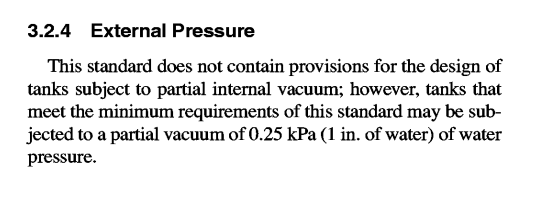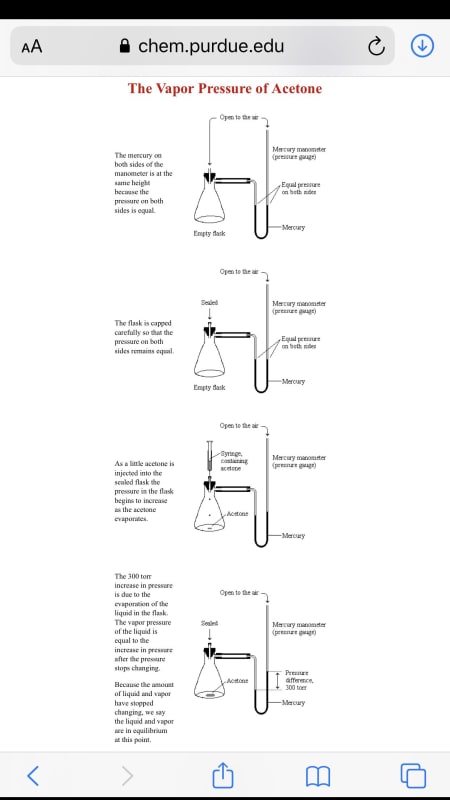Dear e43u8 ; what ever you said is true from the material thermodynamics point of view. I want to remind also the evaporation is surface property. If you can avoid the contact of liquid surface with air / nitrogen ,( in this case ,with internal floating roof) evaporation will not occur so the vapour pressure will not develop or at least will be minimized....
The design and construction of storage tanks with this size and with design pressures 13 kPa or to full vapor pressure 40-50 kPa is not a viable option . Although API 650 appendix F allows design pressure up to 18 kPa , these are typically appendix F tanks , small sized shop assembled tanks.
The tank with D=30m, and with the internal pressure 13 kPa will experience 9200 kN uplift force.. That is, tank roof shall be designed for 13 kN/ M2 which is higher than highway bridge loading. 9200 kN uplift force will require 92000 mm2 total anchorage area, foundation having wt 15000 kN or tension piles..Moreover, The 13 kPa internal pressure implies 7 kPa external or vacuum pressure ( if we consider rapid cooling of the tank when it rains) , the bottom plates will not be typically 6 mm but a bottom frame with 15-20 mm thk. bottom plates will be necessary to resist vacuum pressure which i did not see, hear....
I have experience for the design of mega storage tanks but not an expert for the internal pressure and venting design.
I have similar opinion with IFR.. and IMO ,the subject tank;
- THE VENTING SHALL BE DESIGNED AS PER API STANDARD 2000,
- THE DESIGN PRESSURE SHOULD BE IN THE RANGE OF +10/- 5 kPa
- IN ORDER TO DICTATE THESE MAX/MIN PRESSURE, MINIMUM VENTING REQUIREMENTS SHALL BE ADOPTED WITH NECESSARY AMOUNT AND SIZE OF
VACUUM/VENT VALVES..
- SUITABLE SIZED VAPOR RECOVERY UNIT AND NITROGEN SUPPLY SYSTEM SHALL BE PROVIDED,
- THE USE OF IFR STILL A VIABLE OPTION ON THE TABLE TO MINIMIZE THE EVAPORATION .


